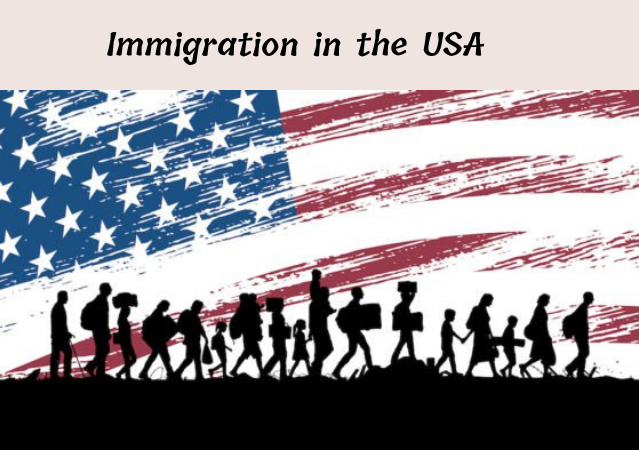US Imigration: What You Need to Know
The history of US migration
The history of US migration dates several centuries back, starting with continent discovery and its colonization. Throughout this period, migration flows have repeatedly changed their direction along with the country. There are 4 directions of migration flows in the USA are:
- the West;
- the South;
- the Northeast;
- the Midwest.
In the period of European colonization, the population of America was distributed equally in the Northeast and South of the country. The beginning of the 19th century was marked by the development of the Midwest, and then the territories of the West, which made changes to the population resettlement map. In the 20th century, the population resettlement map changed again by reducing migration flows to the Northeast and Midwest. Finally, the rate of the population grows in the South and West regions.
Thus, according to Census of Population files of 1980 and 1990, the population of the West increased by almost a 15%, the population of the South by 13 percent, with a slight increase in the population of the Midwest and Northeast — 1.4 and 3 4 percent respectively.
In order to imagine the general picture of the internal migration of the United States, we should highlight the Cotton Belt, in which 2/3 of the country’s regions are located, and the Sunbelt, where 1/3 of the country’s regions are located. Internal migration in America is mainly characterized as the movement of people from the Cotton Belt to the SunBelt.
So, in 1950, the Cotton belt was the major area of the population resettlement. Already in 1990, the SunBelt states gained an advantage, and the proportion of the population of these states was growing. There are two main reasons for this migration:
- location of the main means of production in the South and West;
- favorable climate and living conditions, population growth due to the inflow of the elderly population.
The most attractive states for the migrants’ flow are California, Florida and Texas. In one decade, these 3 states together accounted for half of the total US population growth.
The largest relative increase is also observed in the states of the Sunbelt, namely in Nevada, Arizona, Colorado and Utah.
External migration flows
America is becoming the home for a significant number of citizens of other countries. At the moment, the annual population inflow for a permanent place of residence is 1 million people. The maximum inflow was observed in 1900-1914 amounted to 13.4 million people. Almost 2/3 of the total migration flow are citizens of Latin America, more than 1/5 are residents of East and Southeast Asia.
The main check-out countries are Cuba, Mexico and Puerto Rico. If we look at the population entering the country, then it looks like:
- close relatives of American citizens;
- a significant number of illegal migrants;
- many political migrant refugees;
- highly qualified specialists.
US migration policy
The situation is also aggravated by the policy of multiculturalism, which is supported in the country. The migrants do not seek to join the American culture, which also causes many conflicts. Many of the migrants have a negative attitude towards the United States, believing that this country has captured them or forced them to leave their home country. There is an acute question about the language.
The English language loses its significance among migrants; moreover, the American authorities support this by translating all of their official documents into languages residing of other nationalities and ethnic groups. The country has a very large proportion of offenses and crimes committed by migrants, including an illegal stay in the country, as well as the robberies.
The country has about 3.5% of the total population of illegal migrants, which account for about 9% of the births. The result is that children born in the United States by illegal migrants automatically acquire American certificate of nationality. Migrants in the United States are a category of the population, on lobbying whose interests, politicians get the necessary votes in the election campaign. For the sake of the migrants’ votes, politicians are ready to pursue a policy of mass acquisition of citizenship of certain categories of migrants. Besides they are ready to abandon the deportations of illegal migrants. It results in ultimately a negative migration situation.
Moreover, in the USA, there is the phenomenon of hiding illegal immigrants from law enforcement agencies by official authorities. The politicians arrange the whole “cities of refuge” for illegal migrants in order to preserve their power.